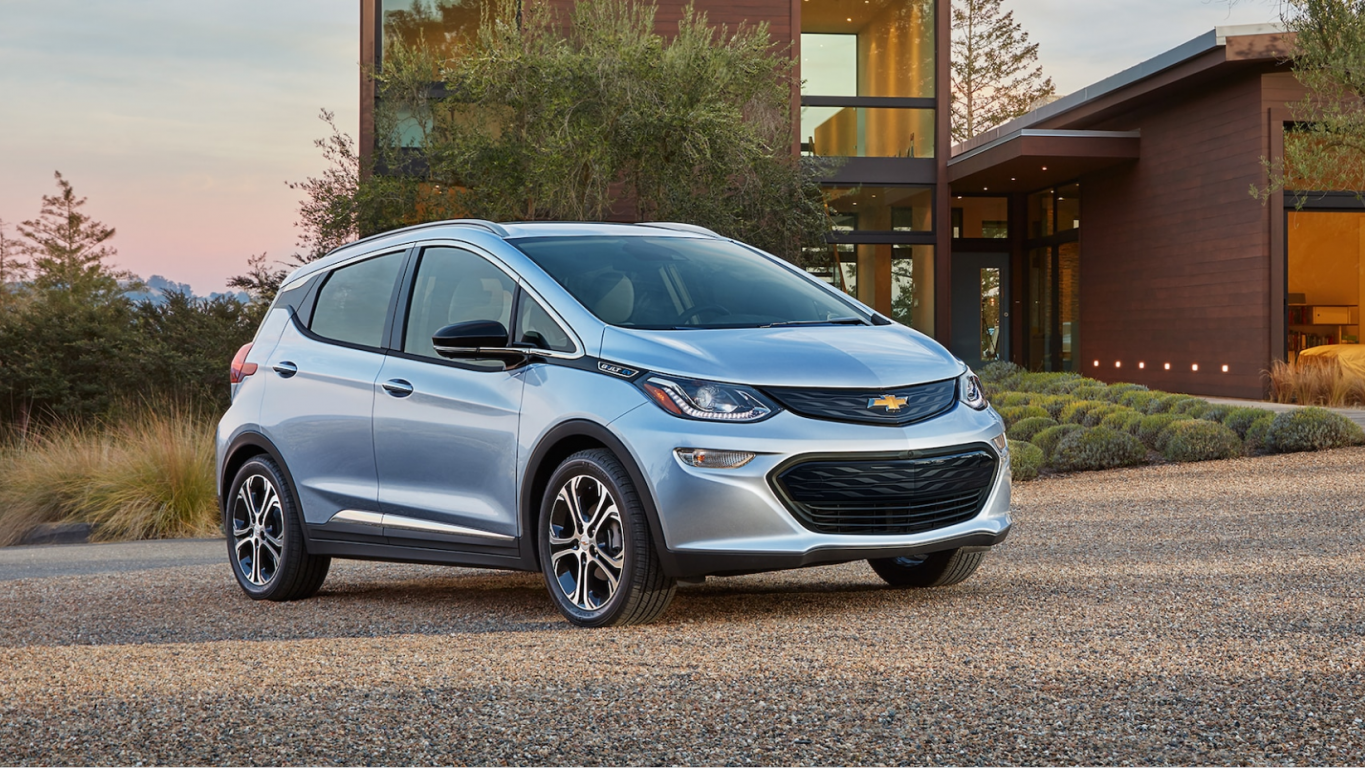Cars and Drivers
Why GM and Volkswagen Are Abandoning Hybrids and Ford and Toyota Are Not

Published:
Last Updated:

The Wall Street Journal reported Monday that General Motors Co. (NYSE: GM) and Volkswagen have seen the future and it does not include hybrid electric vehicles (HEVs) like the Toyota Prius. Ford Motor Co. (NYSE: F) and Toyota Motor Corp. (NYSE: TM), however, have seen a different future that does include HEVs.
Ford and Toyota are developing all-electric vehicles (EVs) at the same time, hedging their bets on how quickly auto buyers will make the switch from an internal combustion engine to an EV. All four see HEVs as transition vehicles; it’s the length of the transition that seems to be the major difference.
For example, Ford is getting set to introduce an F-150 hybrid and a Ford Explorer sport utility vehicle sometime next year at the same time it promotes its all-electric F-150 that probably won’t hit the market for another two or three years. Ford has also invested $500 million in electric truck maker Rivian, which is scheduled to introduce both its R1T pickup and R1S utility vehicle late next year.
Tesla Inc. (NASDAQ: TSLA) Model 3 sales in July totaled nearly half of all plug-in hybrid electric vehicles (PHEVs) and EVs sold in the United States, and the Model 3 has sold 81,000 units in all of 2019, about 46% of all electric vehicles sold to date this year, according to actual and estimated sales data at InsideEVs. Toyota’s Prius Prime PHEV has sold 10,480 units in the year through July, just a few more than 10,225 Tesla Model X SUVs. Of the top five selling electric vehicles, only the Prius Prime is a PHEV. The Chevy Bolt EV has sold 9,266 copies this year, and the Tesla Model S has sold 8,200 to round out the top five.
GM’s Chevy Volt PHEV ($33,250 base price) has sold fewer than 4,000 units this year, and VW’s e-Golf ($31,895 base price) has sold fewer than 2,400. VW’s Audi e-tron ($74,800 base price) has even outsold the e-Golf with sales of slightly over 2,500.
The market for EVs has to overcome two main obstacles. First, range anxiety, the fear that the car and its passengers will be stranded without access to a charging station. Second, the relatively high prices for EVs.
On the second concern, the Model 3 has a base price of around $35,000. The average transaction price for a new vehicle of any kind purchased in July was $37,169, according to Kelley Blue Book. The Prius Prime basic entry-level model has a base price of $27,350, a competitive price for an entry-level vehicle. Ford’s best-selling electrified vehicle is the Fusion Energi PHEV with a base price of $36,595. The Fusion Energi has sold 4,326 units for the year to date, about the same as the Chevy Volt.
As battery technology improves and sales volume rises, EVs will push PHEV sales off the bottom of the charts. To make that happen, charging infrastructure will have to improve to allay buyers’ anxiety about range.
The U.S. Department of Energy reported last month that there are currently more than 20,000 charging stations with 68,800 connectors spread across the United States. About a third of those are located in California. Over the past two years, the number of charging stations has risen by 25% and the number of connectors has risen by about 60%.
The number of U.S. gasoline stations peaked in 1994 at nearly 203,000. By 2013, 50,000 of those were gone and by 2016 about 111,000 remained, according to Statista.
In addition to more charging stations, EV batteries have been improving their ranges. Tesla’s high-end Model S is rated for 335 miles, the Model 3 Long Range is rated at 310 miles, and the Model X is rated at 295 miles on a single full charge. Spot prices for lithium have fallen by about 40% since May of 2018, and analysts at Roskill estimate lithium demand for rechargeable batteries to rise by more than a factor of six by 2028.
BloombergNEF has estimated electric vehicle sales rising from 1.1 million globally in 2018 to 11 million in 2025. Those sales will come at the expense of fossil-fueled vehicles. Saudi Arabia is once again talking an IPO for a piece of its state-owned oil company Saudi Aramco to raise $100 billion. The company has been Saudi owned for decades, so why now?
Simple: Of the 261 billion barrels of proved reserves Aramco claims to have, some (probably a lot) will be left in the ground as EVs replace internal combustion engines over the next decade or two. Selling part of Aramco now monetizes oil that may never be produced. The same could be said of Exxon, Chevron, BP and the other big oil producers. The skirmishing has begun, but the war may already be over.
What we may be looking at here is another example of how the majority of consumers simply don’t know they need a new technology until — suddenly — they do. The smartphone is undoubtedly the most recent example. EVs may be the next.
After two decades of reviewing financial products I haven’t seen anything like this. Credit card companies are at war, handing out free rewards and benefits to win the best customers.
A good cash back card can be worth thousands of dollars a year in free money, not to mention other perks like travel, insurance, and access to fancy lounges.
Our top pick today pays up to 5% cash back, a $200 bonus on top, and $0 annual fee. Click here to apply before they stop offering rewards this generous.
Flywheel Publishing has partnered with CardRatings for our coverage of credit card products. Flywheel Publishing and CardRatings may receive a commission from card issuers.
Thank you for reading! Have some feedback for us?
Contact the 24/7 Wall St. editorial team.